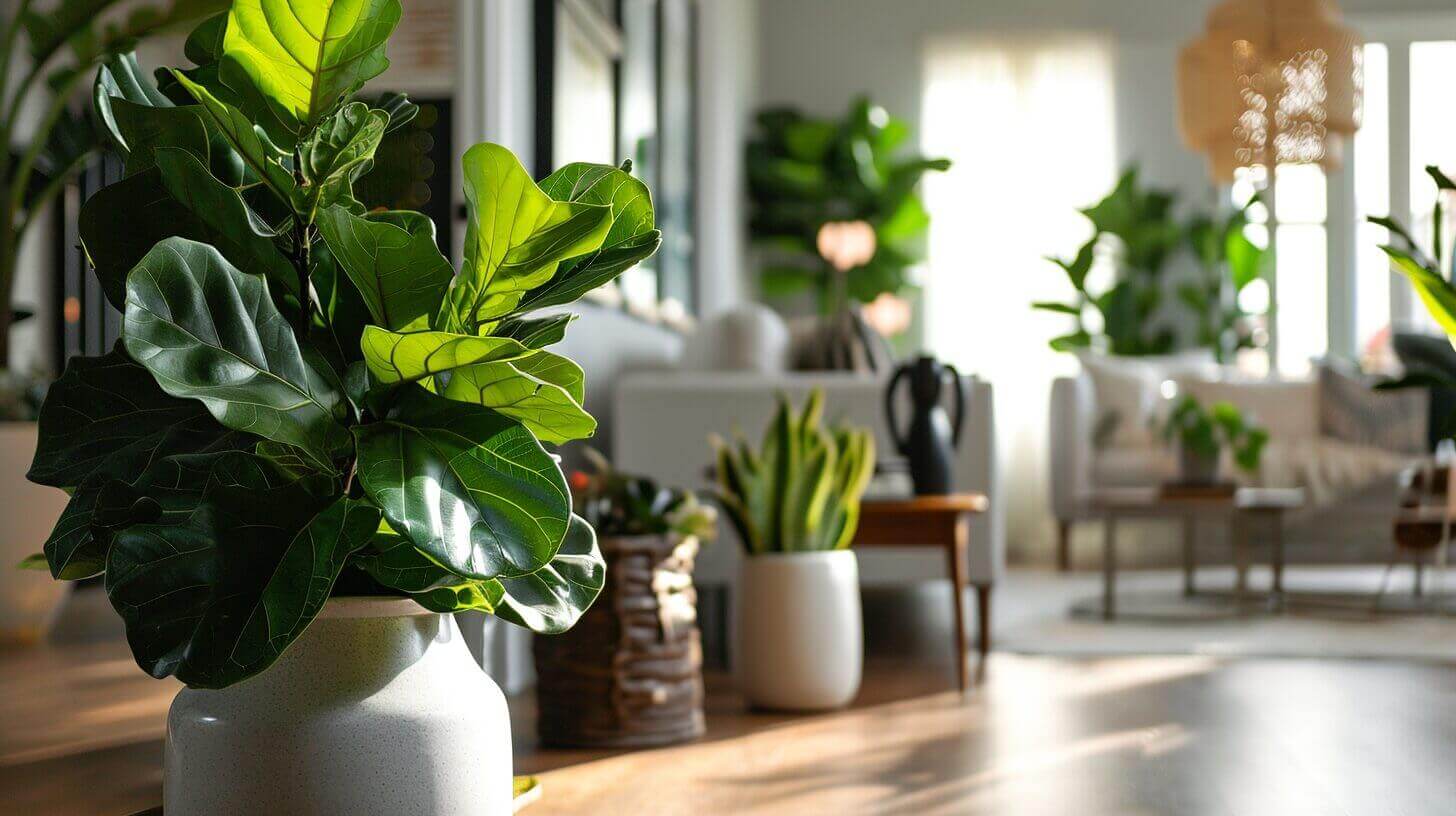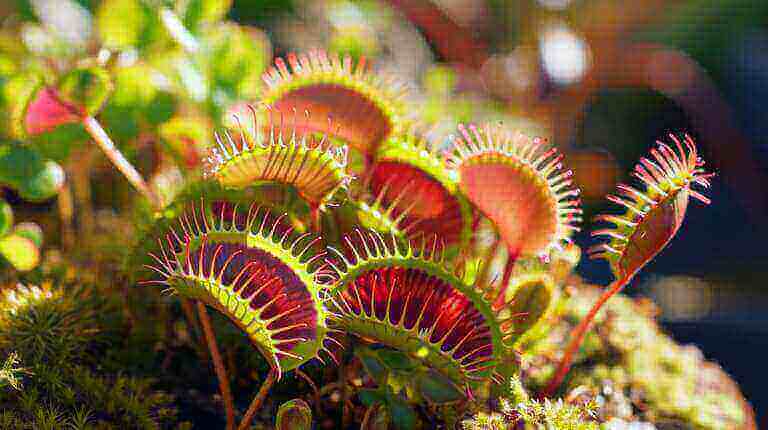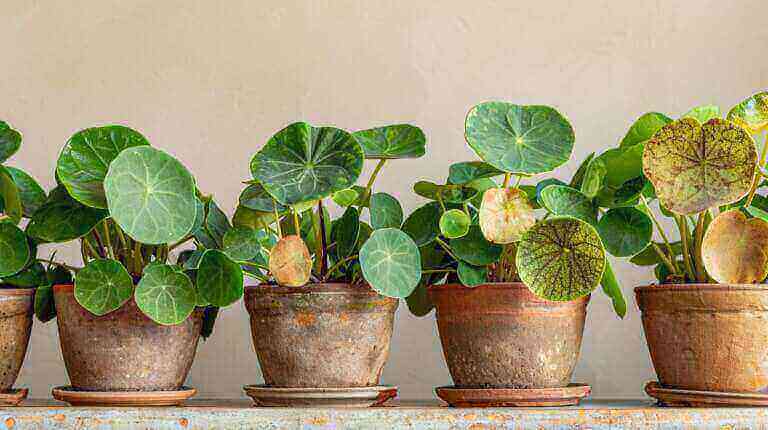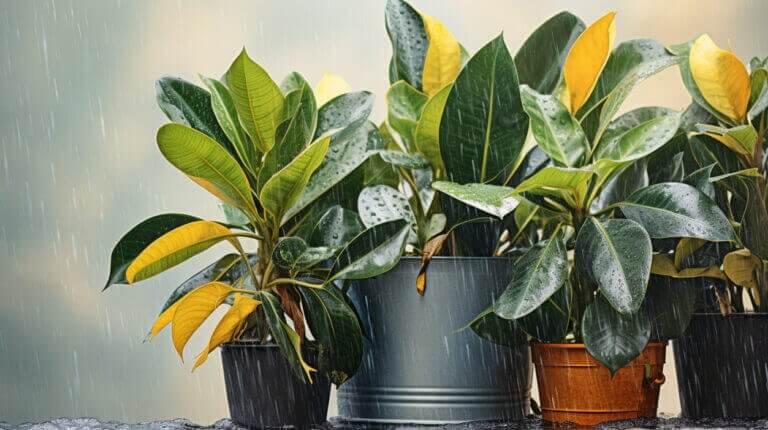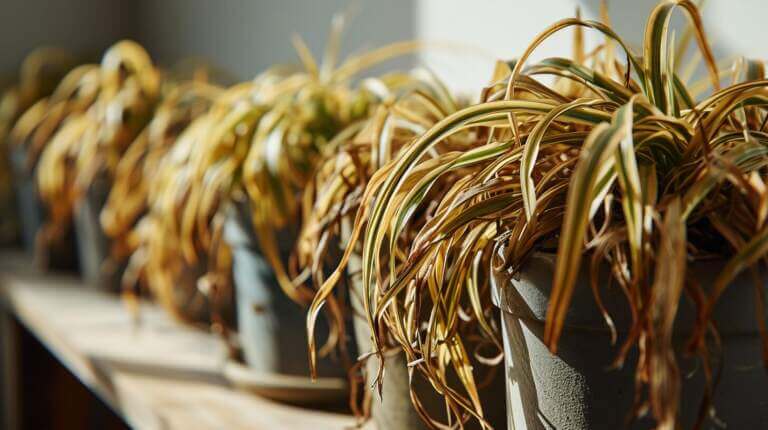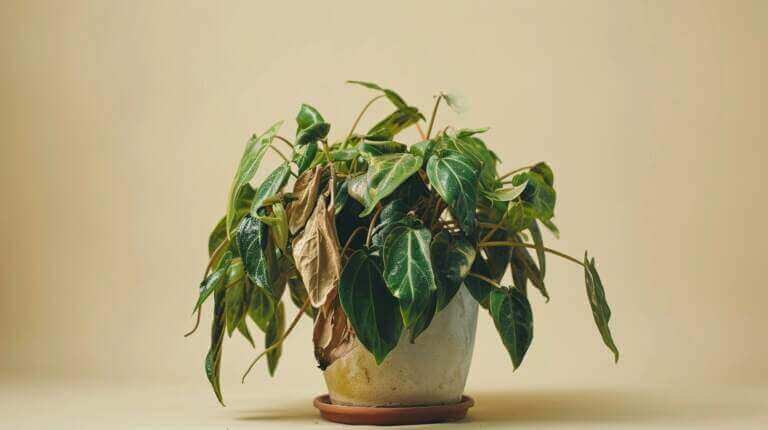How to Care for a Fiddle Leaf Fig Tree: Complete Guide For Fiddle Leaf Fig Plant
When it comes to caring for a fiddle leaf fig, starting off on the right foot is crucial. As a beginner, you may be wondering how to properly care for this popular indoor plant. In this comprehensive guide, I will walk you through the essential steps to ensure your fiddle leaf fig thrives in its new home.
Key Takeaways:
- Repot your fiddle leaf fig into a pot with good drainage to prevent overwatering.
- Place your tree in a bright, indirect light location, such as a south-facing window or invest in grow lights.
- Water your fiddle leaf fig once per week, adjusting the amount based on the size of your plant.
- After a month of repotting, start fertilizing your plant with a recommended option like Fiddle Leaf Fig Food.
- Take the time to learn about fiddle leaf fig care, including pruning and troubleshooting common issues.
Understanding the Watering Needs of a Fiddle Leaf Fig(Ficus Lyrata)
Watering your fiddle leaf fig properly is essential for maintaining its health and ensuring optimal growth. To meet the watering needs of your fiddle leaf fig, consider the following guidelines:
- Establish a watering schedule: A consistent watering schedule is crucial for your fiddle leaf fig. Watering once per week is a good starting point, but adjust the frequency based on your plant’s specific needs and environmental conditions.
- Adjust water quantity based on plant size: The size of your fiddle leaf fig will determine the amount of water it requires. Smaller plants may need around 1 cup of water, while larger, more established plants may need up to 3 cups. Monitor your plant’s response and adjust accordingly.
- Check moisture levels: To gauge if your fiddle leaf fig needs watering, use a moisture meter or stick your finger into the soil about an inch below the surface. If it feels dry, it’s time to water. If it’s still damp, hold off on watering to prevent overwatering.
- Avoid overwatering: Overwatering can lead to root rot and other issues. Ensure that your fiddle leaf fig’s pot has proper drainage to prevent water from pooling at the bottom. It’s better to underwater slightly than to overwater, as these plants are more tolerant of slight dryness than excessive moisture.
- Combat underwatering: Monitor your plant for signs of underwatering, such as drooping leaves or soil pulling away from the sides of the pot. If you notice these signs, increase your watering frequency or adjust the amount of water you provide.
Remember that every fiddle leaf fig is unique, so it’s important to closely observe your plant’s response to watering and make adjustments accordingly. By understanding and meeting your fiddle leaf fig’s watering needs, you’ll be on your way to fostering a healthy and thriving plant.
| Signs of Overwatering | Signs of Underwatering |
|---|---|
| – Yellowing leaves – Moldy or foul-smelling soil – Wilting or drooping leaves – Root rot | – Dry, crispy leaves – Soil pulling away from the pot’s sides – Wilting, but leaves recover quickly when watered – Stunted growth |
Providing the Right Light for Your Fiddle Leaf Fig Plant
Proper lighting is crucial for the health and growth of your fiddle leaf fig. Understanding the specific light requirements of this plant will help you create an ideal environment. Here are some key factors to consider:
- Indirect Light: Fiddle leaf figs thrive in bright, indirect light. Place your plant near a south-facing window where it can receive plenty of natural light throughout the day. However, be cautious of exposing your plant to direct sunlight, as it can scorch the leaves.
- Grow Lights: If you don’t have access to sufficient natural light, consider investing in grow lights specifically designed for indoor plants. These lights provide a full spectrum of light that mimics natural sunlight and can help your fiddle leaf fig thrive.
- Rotating Your Plant: To ensure even growth and prevent your plant from leaning towards one direction, rotate it every week. This allows all sides of the plant to receive adequate light exposure and promotes balanced growth.
By providing the right light conditions, you’ll help your fiddle leaf fig flourish and maintain its stunning appearance. Whether it’s natural light or artificial grow lights, finding the balance that works best for your specific environment will contribute to the overall success of your plant.
Maintaining the Ideal Temperature and Humidity for Your Fiddle Leaf Fig Tree Need
Proper temperature and humidity levels are essential for the health and well-being of your fiddle leaf fig. By creating the right environment, you can ensure that your plant thrives and continues to grow beautifully. Here are some tips to help you maintain the ideal temperature and humidity:
Temperature:
It’s important to keep your fiddle leaf fig in a temperature range of 65 to 85 degrees Fahrenheit (18 to 29 degrees Celsius). Avoid exposing your plant to extreme temperatures or sudden fluctuations, as this can cause stress and damage the leaves. Keep it away from drafts, such as open windows, air vents, or air conditioning units, which can create temperature inconsistencies.
Humidity:
Fiddle leaf figs prefer humidity levels of at least 50%. If you live in a dry climate or during the winter months when the air tends to be drier, it’s essential to increase humidity levels around your plant. You can do this by using a humidifier near the plant or misting the leaves regularly with room temperature water. Be sure to mist in the morning to allow the leaves to dry before nightfall, as wet leaves in the dark can increase the risk of fungal growth.
Avoiding Drafts:
Drafts can have a negative impact on your fiddle leaf fig’s health. Cold drafts, in particular, can cause stress and lead to leaf drop. Keep your plant away from windows or doors that are frequently opened, and avoid placing it in areas where there are direct air currents from fans or heating vents.
Misting and Humidifier:
Misting can help increase humidity levels around your fiddle leaf fig. Use a spray bottle filled with room temperature water and mist the leaves, focusing on the top and underside of the leaves. Alternatively, you can place a small humidifier near your plant to maintain consistent humidity levels. This is especially beneficial if your home tends to have low humidity.
By paying attention to the temperature and humidity needs of your fiddle leaf fig, you can create an environment that promotes its growth and overall well-being.
Proper Potting and Soil for Your Fiddle Leaf Fig Care
When it comes to caring for your fiddle leaf fig, proper potting and soil are essential for its growth and overall health. Repotting your plant into the right pot with the appropriate soil mix can prevent issues such as overwatering and root rot. Here are some guidelines to follow:
Choosing the Right Pot
When selecting a pot for your fiddle leaf fig, choose one that has proper drainage holes. This will allow excess water to escape and prevent water from sitting at the bottom of the pot, which can lead to root rot. It’s also important to choose a pot that is slightly larger than the root ball to provide enough room for growth but not too large that it retains too much moisture. A pot that is 2-3 inches larger in diameter than the current root ball is typically sufficient.
Proper Soil Mix
The soil mix you use for your fiddle leaf fig should provide good drainage while also retaining enough moisture for the roots to stay hydrated. A blend of regular indoor potting soil and cactus mix works well for fiddle leaf figs. The indoor potting soil provides nutrients, while the cactus mix improves drainage. Aim for a well-draining soil that is loamy and slightly acidic, with a pH level between 6 and 7.
Repotting a Fiddle Leaf Fig
Your fiddle leaf fig should be repotted after bringing it home to ensure it has adequate space to grow and thrive. Carefully remove the plant from its nursery pot and gently loosen the roots. Place a layer of soil mix at the bottom of the new pot, then position the fiddle leaf fig in the center. Fill the remaining space with the soil mix, ensuring that the base of the plant is at the same level as it was in the previous pot. Gently press down the soil to secure the plant in place. Water the newly repotted plant thoroughly and allow any excess water to drain.
| Pros of Proper Potting and Soil | Cons of Improper Potting and Soil |
|---|---|
|
|
FAQ
How often should I water my fiddle leaf fig?
Water your fiddle leaf fig when the top inch of the soil is dry. This typically equates to watering every 7-10 days, but the frequency may vary based on environmental conditions.
What should I do if my fiddle leaf fig has brown spots on its leaves?
Brown spots on fiddle leaf fig leaves can indicate various issues such as overwatering, underwatering, or low humidity. Adjust your watering routine and consider increasing humidity to help resolve the brown spots.
Why is my fiddle leaf fig dropping leaves?
Leaf drop in fiddle leaf figs can be attributed to factors such as overwatering, underwatering, sudden temperature changes, or inadequate light. Evaluating and adjusting the plant’s care routine can help prevent further leaf drop.
Can I place my fiddle leaf fig outdoors during the growing season?
It is recommended to keep fiddle leaf figs indoors, especially if the outdoor conditions may subject them to direct sunlight, temperature extremes, or strong winds. They thrive best in a stable indoor environment.
What are some general care tips for maintaining a healthy fiddle leaf fig?
Ensure that your fiddle leaf fig is in a suitable pot with drainage, maintain consistent humidity levels, periodically dust its leaves, and monitor its growth and overall health to address any care needs promptly.

